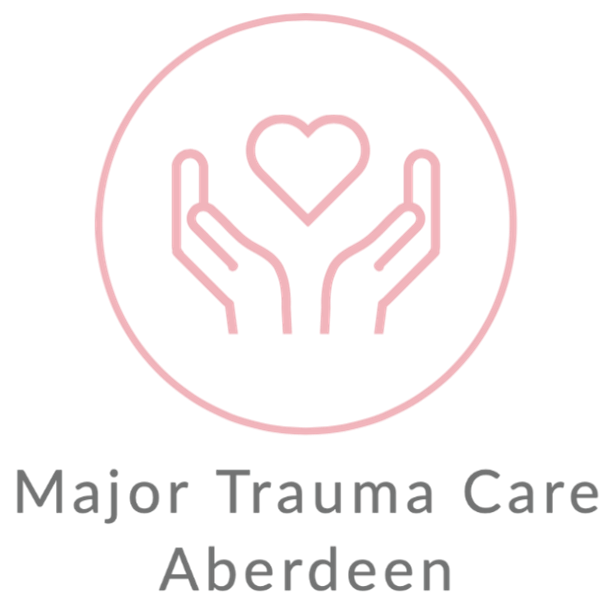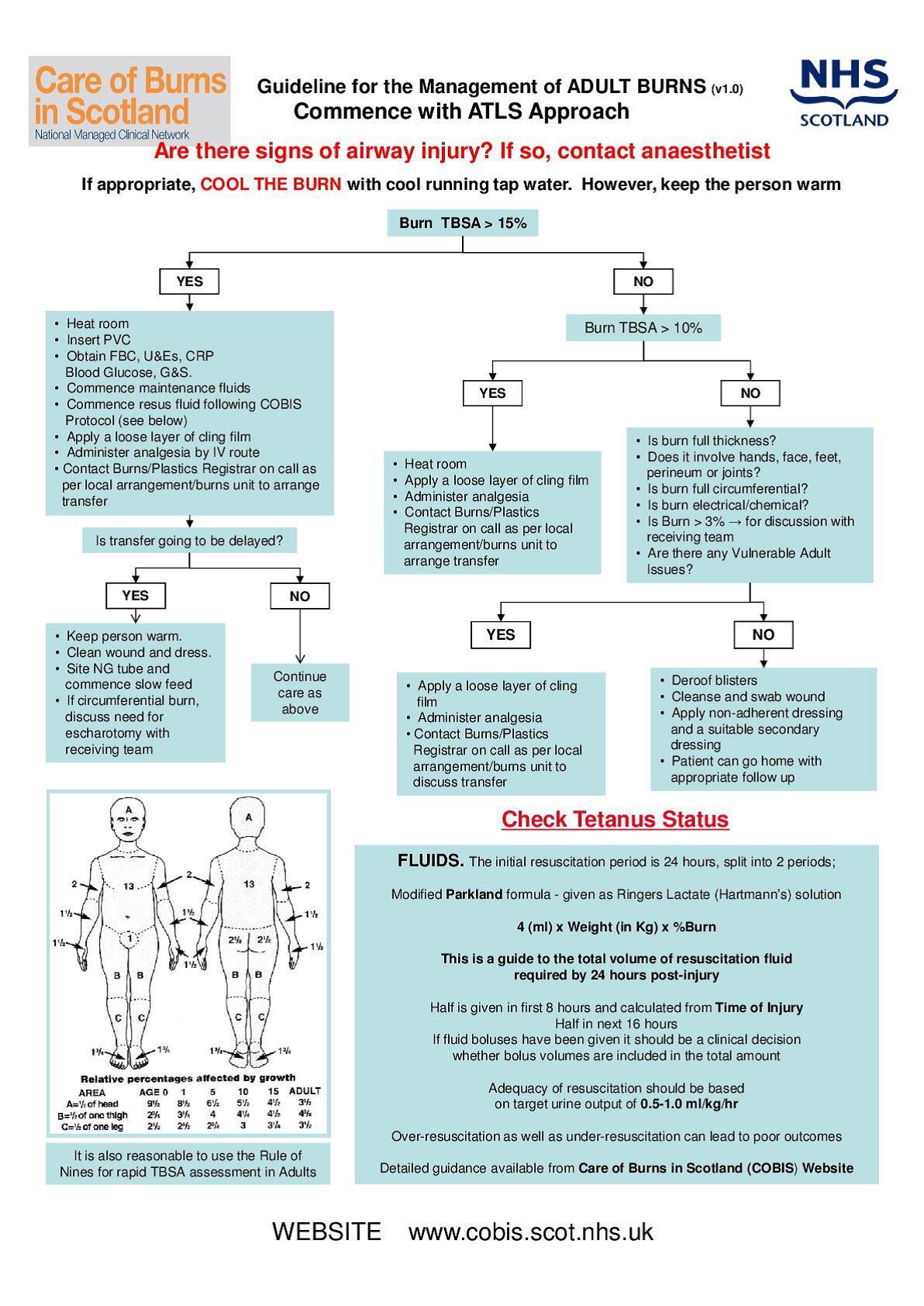- Intravenous Morphine 1st Line and Intravenous Ketamine 2nd line
- Cover burns with non-circumferential cling film.
Burns management


Analgesia in the ED
Airway Burns
- Suspect in patients with facial, perioral, or nasal burns
- Voice changes, hoarseness and stridor require further examination and intervention
- Refer immediately to anaesthesia/critical care
- All airway burns should be managed by rapidly securing the airway with an uncut endotracheal tube.
Smoke inhalation
- Consider early anaesthetic review for consideration of a definitive airway.
- Suspect in fire victims who have:
- History of altered level of consciousness.
- Respiratory problems.
- Been rescued from an enclosed place.
- Perform an arterial or venous blood gas for carboxyhaemoglobin.
- A Carboxyhaemoglobin >10% is diagnostic.
- Administer high flow oxygen until the carboxyhaemoglobin level is <10%
- Prescribe VTE prophylaxis.
- Treat cyanide poisoning if unconscious and lactate >10 in the absence of major burns after resuscitation.
- Utilise lung protective strategies for patients that require ventilation.
Fluid management
- Do not use 0.9% saline, albumin, or hypertonic saline for resuscitation.
- Use a balanced salt solution such as plasmalyte or Ringer’s lactate
- Baseline fluids will also be required (incorporating early enteral nutrition)
- Correlate urine output with ideal body weight
- If urine output low for >2 hours, seek senior review.
| Parkland formula | Urine output | Action |
|
Resuscitation fluid in first 24 hours = |
<0.25ml/kg/hr |
Give 500ml bolus |
| Actual body weight x BSA burned (%) x4 | 0.25ml/kg/hr - 2ml/kg/hr | Give 250ml bolus Reduce resuscitation fluid by 50mlhr |
| Half in first 8 hours and half in second 16 hours | >2ml/kg/hr | Reduce resuscitation fluid by 100ml/hr |
Referral to burns units
- TBSA >10%
- TBSA >5% with significant co-morbidities / pregnant/ immunocompromised.
- Facial burns >3% with or without inhalation
- Hand
- Genitals / perineum
- Circumferential
- Requiring critical care
- Chemical burns
- High voltage electrical burns.
The Care of Burns in Scotland National MCN (Managed Clinical Network) Website can be referred to for access to further clinical guidelines.
Guideline for the management of adult burns

